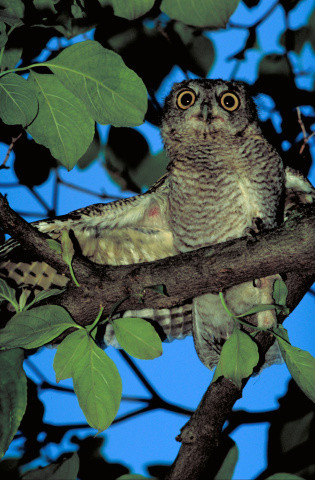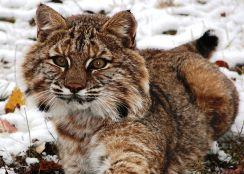 The New York State Department of Wildlife Conservation (DEC) is reporting some oiled birds as a result of an oil spill on a Hudson River tributary in Kingston, NY.
The New York State Department of Wildlife Conservation (DEC) is reporting some oiled birds as a result of an oil spill on a Hudson River tributary in Kingston, NY.
More details about the spill are available from the Watershed Post and a report from the Hudson River’s Riverkeeper.
Read the Watershed Post piece, here.
And see the Riverkeeper site for more information about non-point source pollution in the area affected by Sandy.
There is also an oil spill in the Arthur Kill, a narrow waterway between Staten Island and New Jersey. The Hudson Valley Press Online is reporting a spill and clean-up at a local oil company on the Arthur Kill and nearby waterways. Read the story, here.
It appears a nearby marina is stumped by by the appearance of oil. New Jersey News 12 offers a brief write-up and a clip. See it here.
The New York State DEC also announced that shellfishing is closed off Long Island’s Nassau and Suffolk Counties until next week because of sewage in the water. Read the details in the NYS DEC press release, here.
Photo: DEC staff rescuing a great blue heron harmed by an oil spill in the Hudson Valley after Hurricane Sandy. Photo used courtesy of NYS DEC.

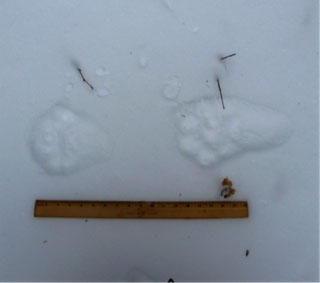
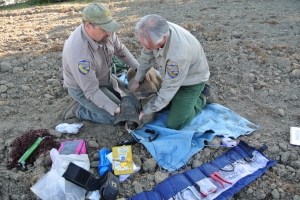 Earlier this summer, New York State Department of Environmental Conservation wildlife biologists banded 15 peregrine falcon chicks from five nests in western New York State. The birds are part of the growing peregrine population in the state.
Earlier this summer, New York State Department of Environmental Conservation wildlife biologists banded 15 peregrine falcon chicks from five nests in western New York State. The birds are part of the growing peregrine population in the state.
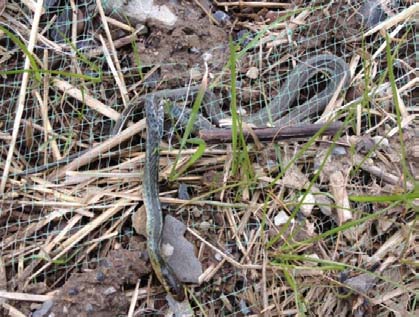 Whether its road construction, utility work, or chemical remediation, many states call for the use of some sort of landscape fabric or biodegradeable netting to prevent erosion at construction sites until plants take root.
Whether its road construction, utility work, or chemical remediation, many states call for the use of some sort of landscape fabric or biodegradeable netting to prevent erosion at construction sites until plants take root.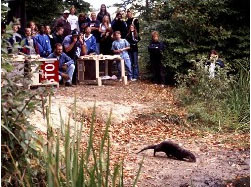 From 1995 to 2001, New York State relocated river otters to the central and western parts of the state, where the species was believed to be extirpated. The recent retrieval of a car-killed river otter was not entirely bad news for the program. A microchip implanted at the time of release indicated it had been released in 2000, making it 12 years old. That’s four years older than the average wild river otter.
From 1995 to 2001, New York State relocated river otters to the central and western parts of the state, where the species was believed to be extirpated. The recent retrieval of a car-killed river otter was not entirely bad news for the program. A microchip implanted at the time of release indicated it had been released in 2000, making it 12 years old. That’s four years older than the average wild river otter.